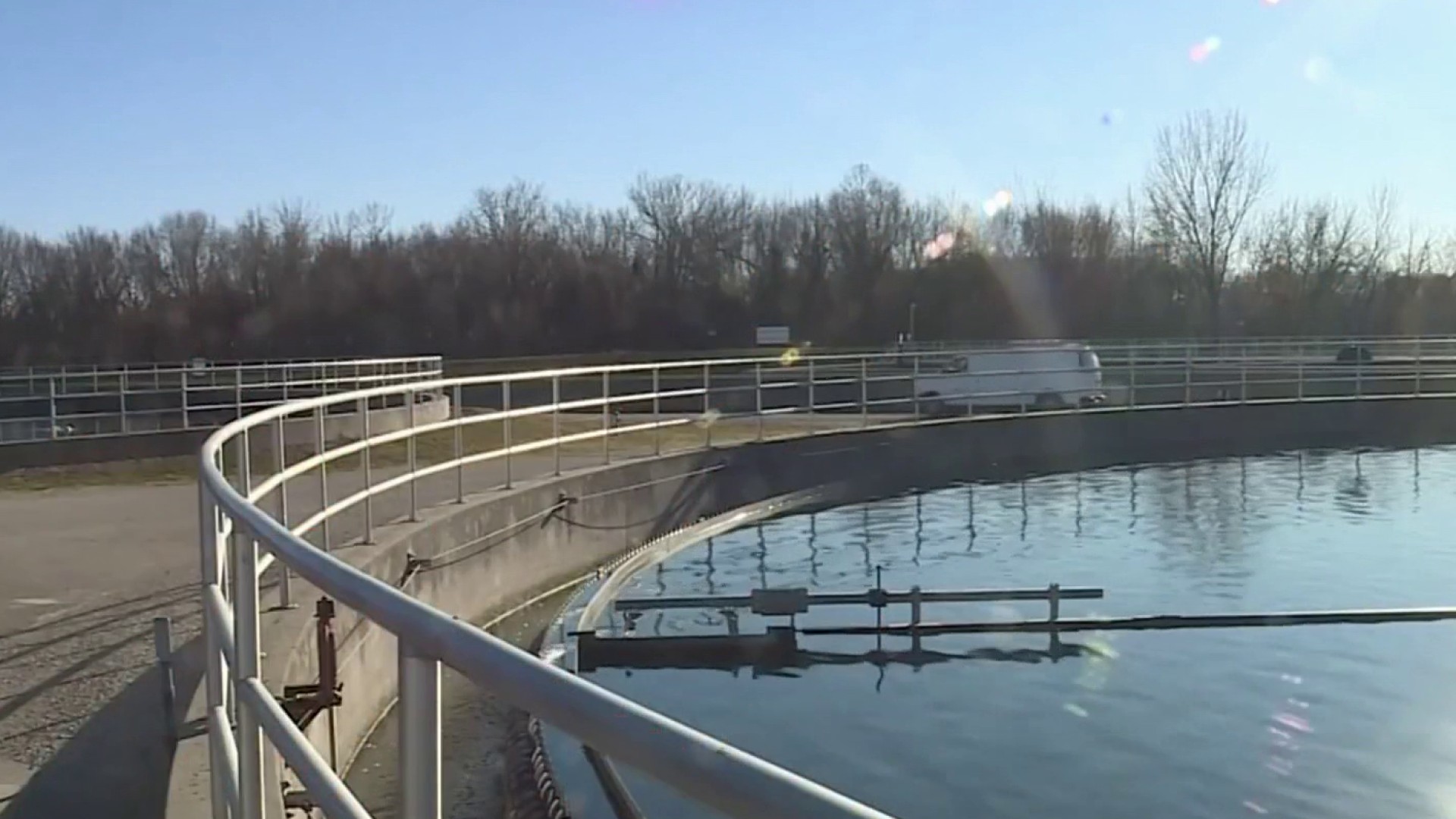As the Boston area's sewer system detects more COVID than any time in over a month, top Boston doctors say it could be the start of a surge, or it could be a blip.
Levels are as high as they've been since last winter's omicron surge, data from the Massachusetts Water Resources Authority shows. COVID-19 data collected from the region's wastewater — a metric officials track to get a sense of how much the virus is spreading — shows levels are up 135% in the southern part of the Greater Boston area and 275% in the northern part of the region in the last month.
"What does this portend? Does this mean that we're going to see some big increase in cases as has been the situation in the past?" Brigham and Women's Dr. Daniel Kuritzkes said. "We'll know in another couple of weeks whether we're really in the early phases of another big winter outbreak or whether this is going to turn out to be a blip in retrospect."
Top Boston doctors explained what's contributing to the rise in cases, whether it will lead to a surge and what this means for the holidays during NBC10 Boston's weekly "COVID Q&A" series.
Get New England news, weather forecasts and entertainment stories to your inbox. Sign up for NECN newsletters.
There are four major factors contributing to the rise in COVID wastewater levels, Tufts Medical Center's Dr. Shira Doron explained, "and they are not at all mutually exclusive." Those factors include holiday gatherings, new subvariants, seasonality and immunity.
1. Holiday parties
The latest jump comes in the week after the Thanksgiving holiday, when many people gathered with family. The days after last Thanksgiving saw a similar COVID surge, though the current uptick has yet to approach anywhere close to last winter's levels. Infectious disease experts say it's "really hard" to know the extent to which gatherings contribute to a rise in cases.
"Are Thanksgiving gatherings -- i.e. gatherings with people outside your household -- does that represent a real deviation from normal behavior today for much of society? Or doesn't it," Doron said. "I have not seen movement data or socialization data that tells me, you know, to what extent does that represent a shift in behavior for people."
"I think, to some extent, it probably does reflect family and other gatherings and people being out, you know, on Black Friday or whatever, sort of in public places," Hamer added.
2. New COVID variants
Omicron subvariants BQ.1 and BQ.1.1 recently took over as the predominant strains in New England and across the nation, beating out the previously dominant BA.5. The variants combined now make up a total of 62% of all cases in the nation and 57% in New England, according to the latest data from the U.S. Centers for Disease Control and Prevention.
"Variants, of course, might be playing a role here too," Doron said. "We expect ups and downs, and we've seen ups and downs, and this is likely just one of those ups and downs. No one expects this BQ.1, BQ.1.1 related increase to look like the emergence of omicron. But as I always say, a new variant could emerge at any moment that could be omicron-like in its effect, so we don't ever stop preparing for the worst."
The new variants are resistant to monoclonal antibody treatments, which were developed to prevent people with compromised immune systems who catch COVID from developing severe disease. Between COVID-19, the flu and RSV, doctors worry that we could be facing a triple threat of infections this holiday season. Because of this, experts are urging high-risk individuals to take added precautions.
We'll know in another couple of weeks whether we're really in the early phases of another big winter outbreak or whether this is going to turn out to be a blip in retrospect.
Dr. Daniel Kuritzkes, Brigham and Women's Chief of Infectious Disease
"At the same time, we have flu and RSV and every other virus. We focus on those three, but all of them are rampant," Doron said. "It doesn't change how I think about my holiday plans, but it definitely changes how I advise people who are at higher risk for bad outcomes from respiratory viruses. It's important for people to think about all of them -- COVID is not the only one."
"This means family gatherings, parties and so forth -- people need to be cautious and especially those at higher risk," Hamer said. "I think we're looking at a tougher respiratory virus season and so we really need to be cautious as we go into Christmas, Hanukkah and other other holidays on this time of year."
3. Seasonality
Another factor likely contributing to the rise is seasonality, which Doron explained as a natural increase in viral respiratory infections during the fall and winter months.
"That's not just behavior. It's not just spending more time inside, because it happens in the southern part of this country, when people are spending still a lot of time outside. In fact, flu tends to start in southern states. So it's something that we don't quite have a grasp on," Doron said. "It probably is due to temperature and humidity and a bunch of other things. So, you know, that may be playing a role here, too."
4. Immunity
Immunity levels within any community could contribute to a surge in cases, according to Doron. Immunity also "probably" decreases an individual's viral load, which would impact how experts analyze the COVID levels in wastewater data.
But there is a lack of solid data to support that possibility, Kuritzkes said.
"I don't think there's a definitive answer on that point," Kuritzkes said. "It is certainly plausible to think that a population with more extensive immunity against SARS-CoV-2 as a correlate of milder disease have lower levels of shedding of virus. So that's certainly a possibility. But right now, I think we need to study individual people to see whether the amounts of virus being shed are in fact lower, and how they vary based on history of vaccination and history of prior infection."
"There's just probably always going to be an ebb and flow of cases as people get infected and then immunity wanes and then there's a bigger wall of immunity and a smaller wall with waning immunity," Doron said. "So I think, to some extent, all of those things are playing a role and we will always see rises and falls."



